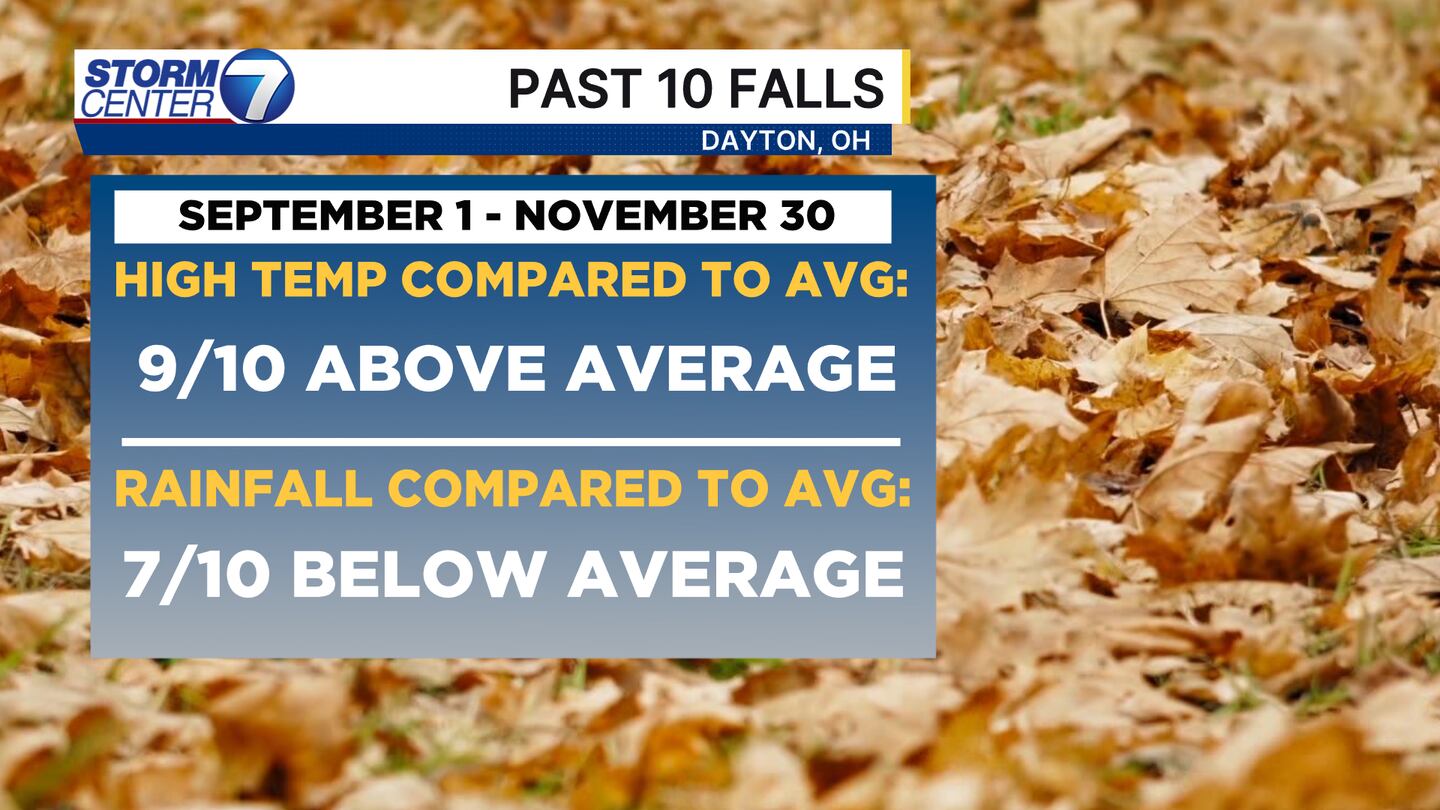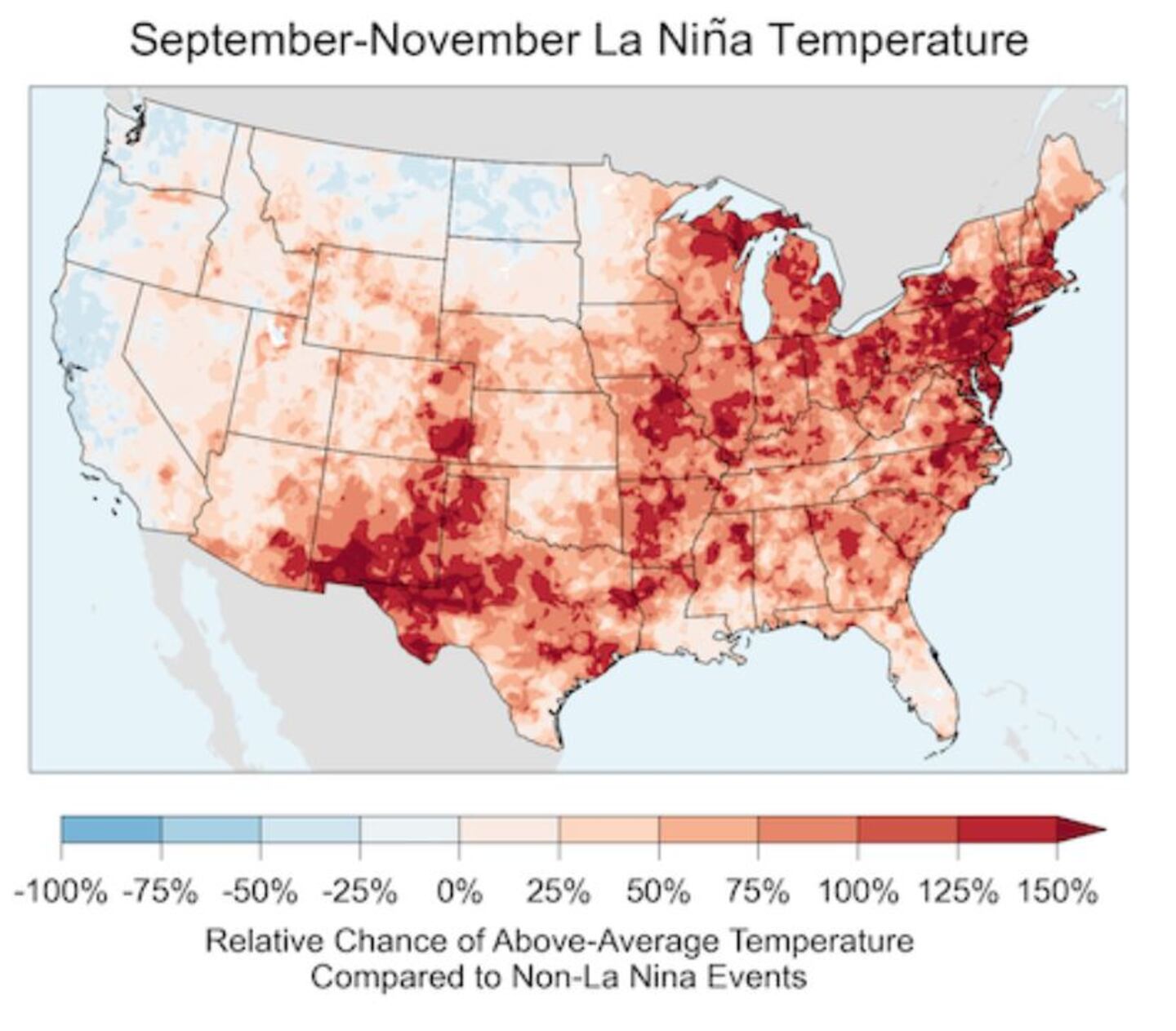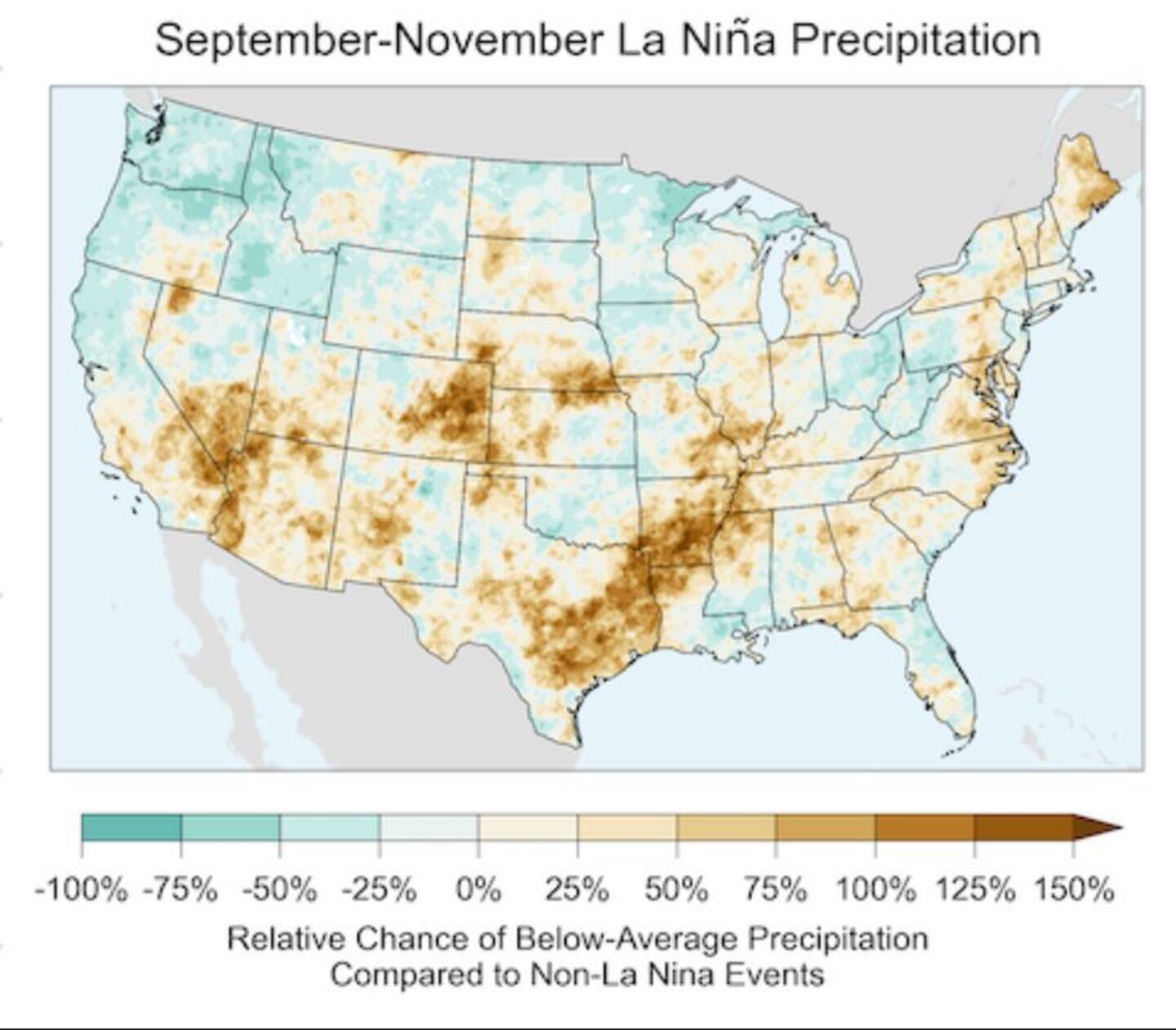DAYTON — The official start to fall is less than two weeks away from Tuesday and begins on Monday, September 22 at 2:19 p.m.! Hey its Stormcenter 7 Meteorologist Ryan Marando here. For record keeping, meteorological fall has already begun, which is from September 1 to November 30. So what could this season’s trend be? Above average? More lack of rain?
[DOWNLOAD: Free Storm Center 7 Weather app for alerts as news breaks]
If we were to make an outlook based solely on the past 10 years, leaning towards a warmer than average and drier than average fall season isn’t a bad forecast. Nine out of the past 10 fall seasons (September through November 2015-2024) fell above the 1991-2020 average! The only year that was below average for the fall season was 2018. When you look at rainfall out of the past 10 fall seasons, seven out of 10 were below average and drier than usual on rainfall.
[WATCH Storm Center 7 Weather on the following devices]
However, let’s look at what we called teleconnections. These are strong links of weather between two different locations on the Earth. The primary teleconnection we look at is the El Nino / Southern Oscillation or (ENSO). This has to do with how ocean temperatures compare to average in the equatorial Pacific Ocean off the coast of South America. It has impacts to our fall and winter season especially.
According to the Climate Prediction Center, ENSO is in a neutral stage meaning ocean temperatures aren’t too far above or below average. They however do expect a brief period of La Nina, or below average ocean temperatures, conditions in late fall and early winter. So, what does this mean for us?
Check out this chart... the darker the red, the higher the probability of temperatures being above average from September through November. This is under the influence of La Nina occurring. There’s a lot of dark red in the Midwest and the Northeast, meaning it could be another warmer than average fall.
This second chart shows how likely precipitation is across the United States. It’s a bit of a double negative. The green color shows the probably of below average precipitation (low chance of below average rainfall). Even though the color isn’t very bright, much of Ohio is under the light green color showing that La Nina fall season’s could be linked with slightly wetter conditions.
No matter what the weather brings this fall season, we’ve got you covered at Stormcenter 7.








